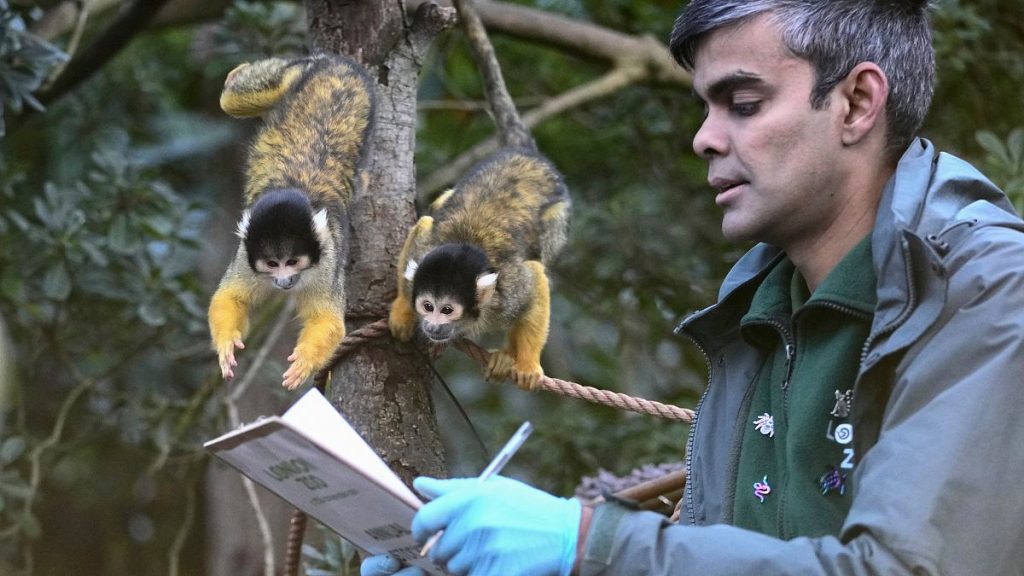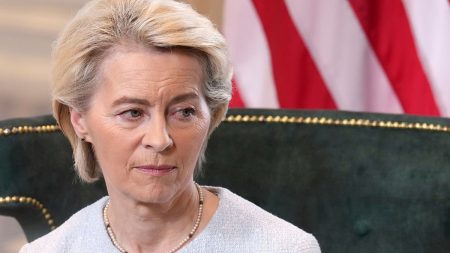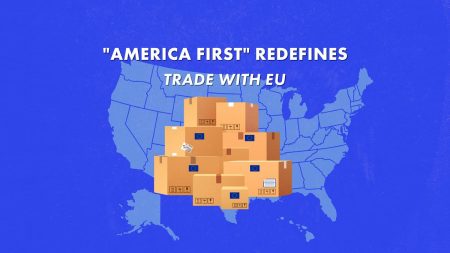The year 2024 marked a significant milestone for London Zoo, witnessing a surge in its animal population with the arrival of several notable newborns. Two baby gorillas, Juno and Venus, joined the primate troop, while the Asiatic lion pride welcomed three new cubs: Mali, Syanii, and Shanti. Adding to the excitement were eleven penguin chicks, always a crowd favorite. The amphibian collection also expanded considerably with the addition of 53 Darwin’s frogs, a species brought from Chile in a conservation effort to protect them from a lethal fungal disease. This influx of new life underscores the zoo’s ongoing commitment to both breeding programs and conservation initiatives.
The annual stocktaking exercise, crucial for maintaining the zoo’s license, involved meticulous counting and documentation of over 10,000 animals residing within its premises. This comprehensive census encompasses a vast array of species, from majestic mammals like alpacas and zebras to a diverse collection of birds, reptiles, and invertebrates. The collected data plays a vital role in informing global zoological management and contributes to the coordinated breeding efforts of endangered species worldwide. This collaborative approach ensures the responsible management and preservation of animal populations under human care.
Central to the success of these breeding programs is the effective sharing of information among zoological institutions. London Zoo’s lead primate keeper, Glynn Hennessy, highlights the advanced capabilities of modern zoos in exchanging crucial genetic data. This information sharing provides a detailed view of each animal’s lineage, facilitating informed decisions about breeding pairs to maintain genetic diversity and prevent inbreeding. By tracking each animal’s ancestry, zoos can identify overrepresented or underrepresented genes within the population, allowing for strategic pairings to ensure the long-term health and resilience of the species.
The diligent recording of every individual animal, a monumental task given the zoo’s diverse inhabitants, is essential for the effective management of these breeding and conservation efforts. While counting large mammals like gorillas and lions presents a relatively straightforward task, the challenge amplifies when accounting for the vast and diverse world of invertebrates. London Zoo’s invertebrate collection now includes a newly established beehive, thankfully counted as a single unit, simplifying the accounting for these buzzing residents.
The data collected during the annual census forms a crucial foundation for international collaboration among zoos. This shared information is instrumental in managing global breeding programs, helping to ensure the survival of threatened species. By carefully tracking the lineage of each animal, zoos can make informed decisions about pairings, minimizing the risk of inbreeding and maintaining genetic diversity. This collaborative approach is essential for the responsible stewardship of captive animal populations and contributes significantly to global conservation efforts.
The birth of the gorilla infants, lion cubs, penguin chicks, and the arrival of the Darwin’s frogs signify not only the zoo’s commitment to breeding endangered species but also highlight its role in conservation. The annual census, a meticulous and demanding undertaking, underscores the importance of accurate record-keeping in managing such diverse animal populations. By sharing this valuable data with other zoos worldwide, London Zoo contributes significantly to global conservation efforts, ensuring the well-being and future survival of threatened species. The collaboration and information sharing amongst zoos serve as a vital link in the chain of global biodiversity conservation.














